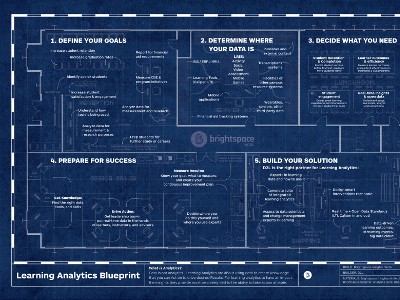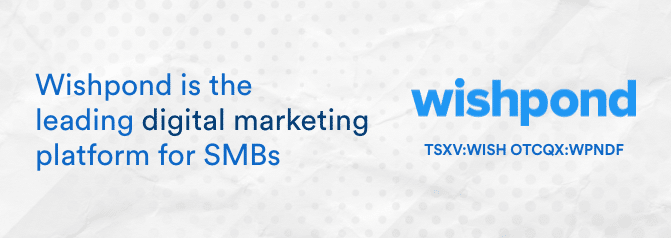
 Waterloo learning management system developer D2L has unveiled The Learning Analytics Blueprint, designed to offer a visual aid to helping organizations create an actionable Big Data strategy.
Waterloo learning management system developer D2L has unveiled The Learning Analytics Blueprint, designed to offer a visual aid to helping organizations create an actionable Big Data strategy.
Simultaneous to this announcement, Fast Company has placed D2L in sixth position on its “10 Most Innovative Companies” list in the Data Science category, behind Spotify and IBM, but ahead of Google and Blue Cross Blue Shield.
Since Big Data began showing up among buzzwords several years ago, it has created a singular anxiety for companies hoping to harness the power of analytics to give them a competitive advantage.
Having lots of data is one thing, but figuring out how to extract actionable insights from that data is something else entirely, which has overwhelmed many who are eager to dive in to Big Data without exactly knowing how.
“We’ve heard from customers that they want to use data to improve learning outcomes, but they don’t know where to start,” said D2L CEO John Baker. “That’s why we’re excited to release the The Learning Analytics Blueprint to help organizations create their plans for using learning analytics to improve student success.”
Post-secondary institutions that integrate data analytics into academic planning and student communication have seen both retention rates and graduation levels rise, even while they have struggled to use these tools effectively in day-to-day classroom activity.
“2015 was a turning point with notable shifts in how technologies are built to capture data, how campuses use data, and even the business activity in the data analytics space,” said Tyton Partners’ Gates Bryant. “These changes signal that colleges and universities are on the precipice of being able to take student success data out from behind the glass and use it to engage students and improve retention and graduation rates.”
2016 is going to be a year during which that shift from Big Data being a novelty factor in organizational decision making to being a tool that can be harnessed to improve real-world outcomes begins to turn the corner.
“The training needed to make full use of analytics is a major challenge to K-12 education,” writes Gartner researcher Kelly Calhoun. “Skills in data science are in short supply globally, and demand for these skills is increasing exponentially in the private sector. A significant part of the future challenge will be to strategize how best to bring in levels of analytics capabilities that the organization is ready for and capable of leveraging, whether with existing staff or via vendor resources.”
D2L can point to several success stories of educational institutions improving outcomes using its Brightspace platform.
Georgia Southern claims that using Brightspace analytics it can now predict student outcomes to within a letter grade 67% of the time as early as four weeks into the curriculum, with that rate rising to 88% by the 18th week.
“More kids are passing with Cs or higher and fewer kids are in the D to F range,” says Academy Online High School Principal Rick Tanski. “From 2013 to 2014, we’ve reduced our failure rate by 36%.”
Leave a Reply
You must be logged in to post a comment.







 Share
Share Tweet
Tweet Share
Share




Comment